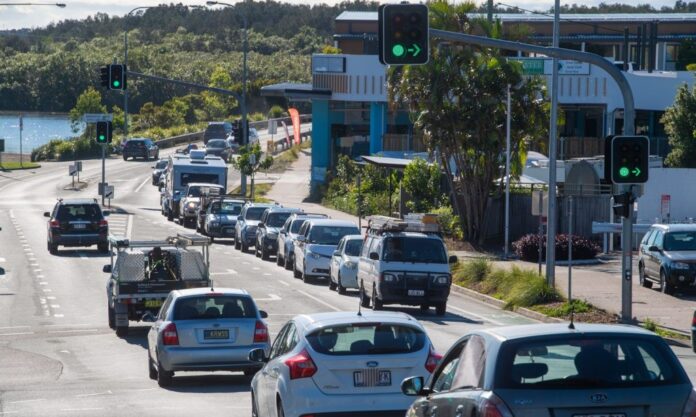All we want to do is get from A to B with the least amount of hassle, but any motorist on Sunshine Coast roads knows that can be easier said than done.
Regular traffic snarls, tight squeezes, blind spots, potholes, comparatively narrow regulation street widths in new estates, single-lane or winding hinterland roads, roundabout congestion and drivers simply ignoring road rules not only frustrate us in our everyday commutes and trips around the region, but also can put safety at risk.
More vehicles using the bitumen, multiple cars per household, leisure ‘toys’ from caravans to boats and trailers parked on the road, and former backstreets-turned-suburban thoroughfares all contribute to the growing problems.
Do you have an opinion to share? Submit a Letter to the Editor at Sunshine Coast News via news@sunshinecoastnews.com.au. You must include your name and suburb.
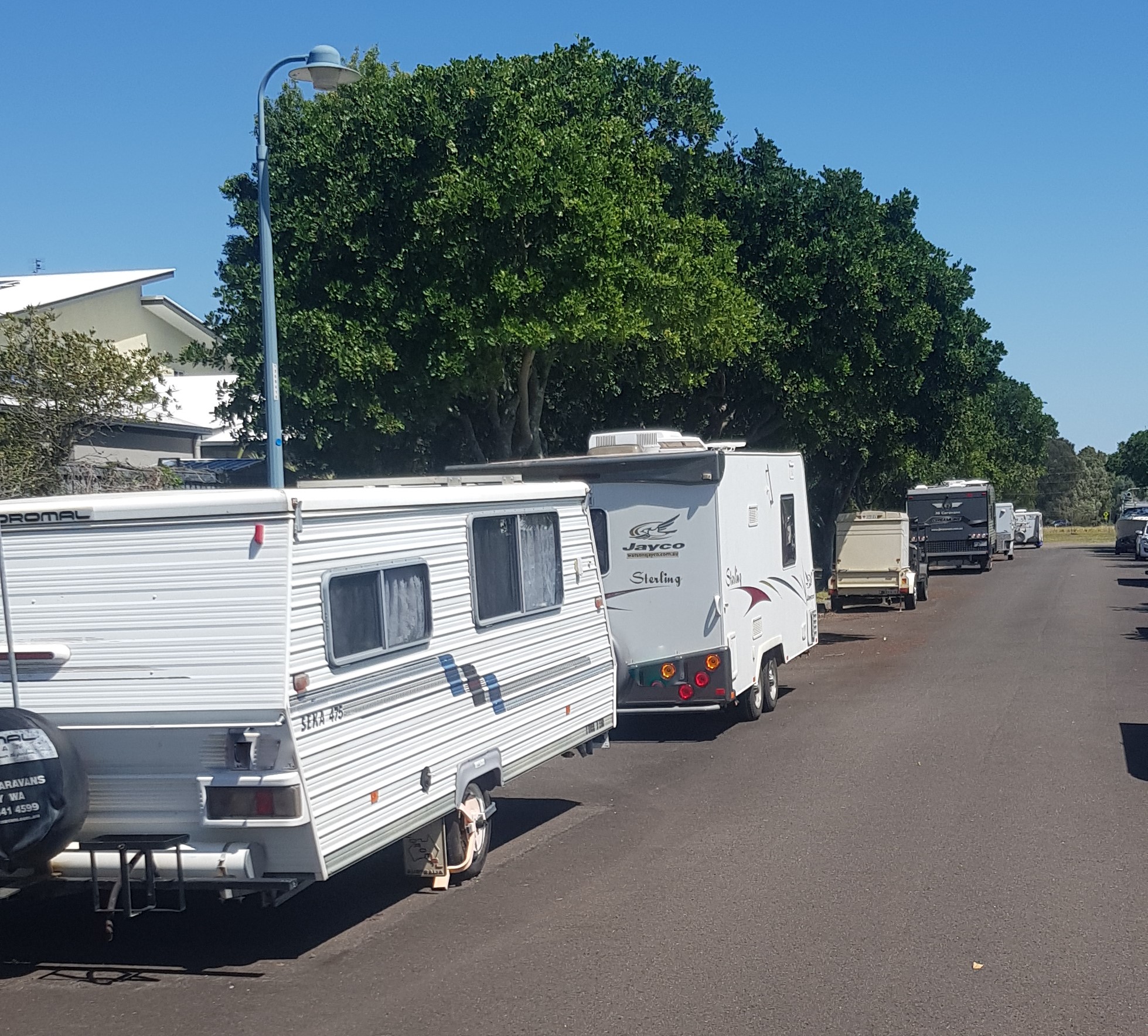
Queensland Road Safety Week from August 21-25 is a timely reminder that we all have a role to play in keeping our roads safe. That includes alerting authorities to major problems as they arise or the need for better safety measures and improvements on our streets.
So, where are some of the most frustrating areas for drivers in the region?
It seems we don’t have to venture far from our garages to encounter them.
A quick straw poll nominates Maroochydore’s new CBD. That’s a ‘perfect storm’ of several seemingly ‘narrow’ streets with limited parking spaces, multiple traffic lights, construction site access needs and growing popularity of its restaurants and other services, as well as being the new Sunshine Coast Council headquarters and City Hall and emerging worker hub.
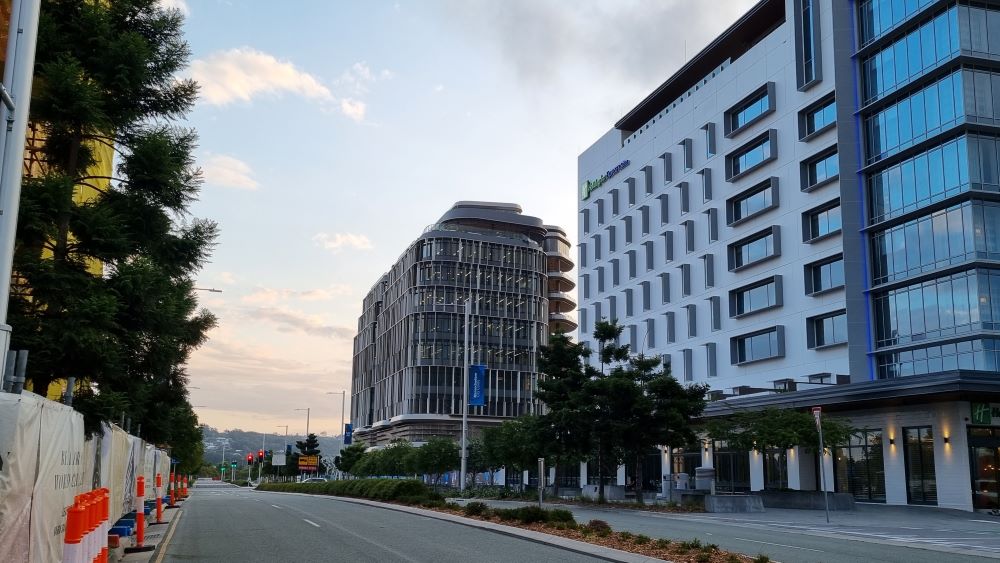
Relatively new estates – Aura, Bokarina Beach and Parklakes, for example – also rate a mention, due to a combination of those ‘narrow’ streets, multiple residents’ vehicles and leisure craft, as well as limited visitor parking.
In these fledgling suburbs, residents and tradespeople battle it out to manoeuvre down the remaining middle section of bitumen, with other vehicles often parked either side of the road.
Local journalists supporting local people. Help keep independent and fair Sunshine Coast news coming by subscribing to our FREE daily news feed. All it requires is your name and email at the bottom of this article.
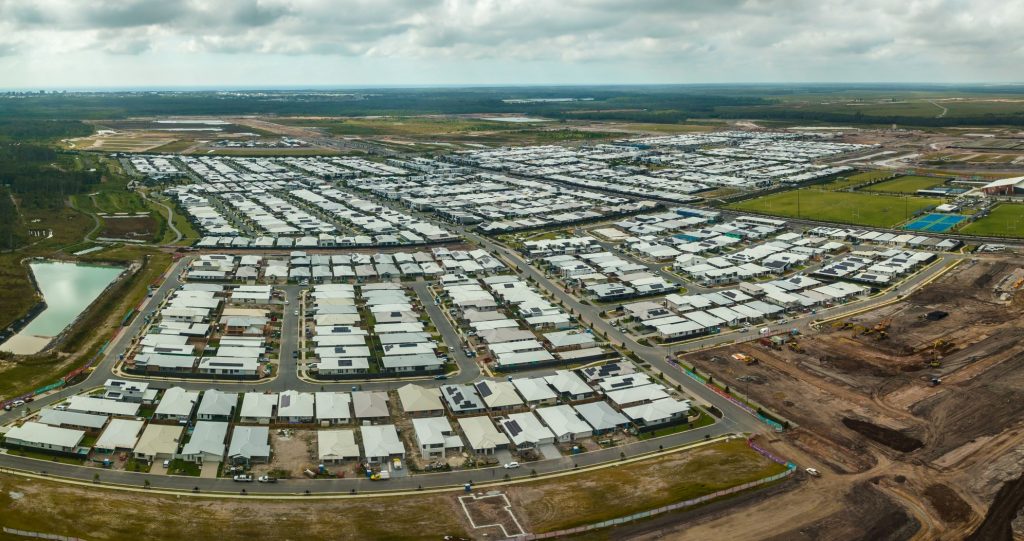
And drivers know they run the gauntlet of being fined if they put wheels up on the footpath in misguided attempts to allow easier passage for others.
In long-established suburban areas such as Dicky Beach, Alexandra Headland, Wurtulla and Buddina, motorists are forced to pull over to the side to give way to other vehicles as beachside parking is at a premium off the main thoroughfares as well.
“Locals’ secret shortcuts” (including Sugar Road, Maroochydore, and Oloway Crescent, Alexandra Headland) have become congested connections between suburbs. Even overhanging trees in these older areas can create blind spots for motorists and become accidents waiting to happen.
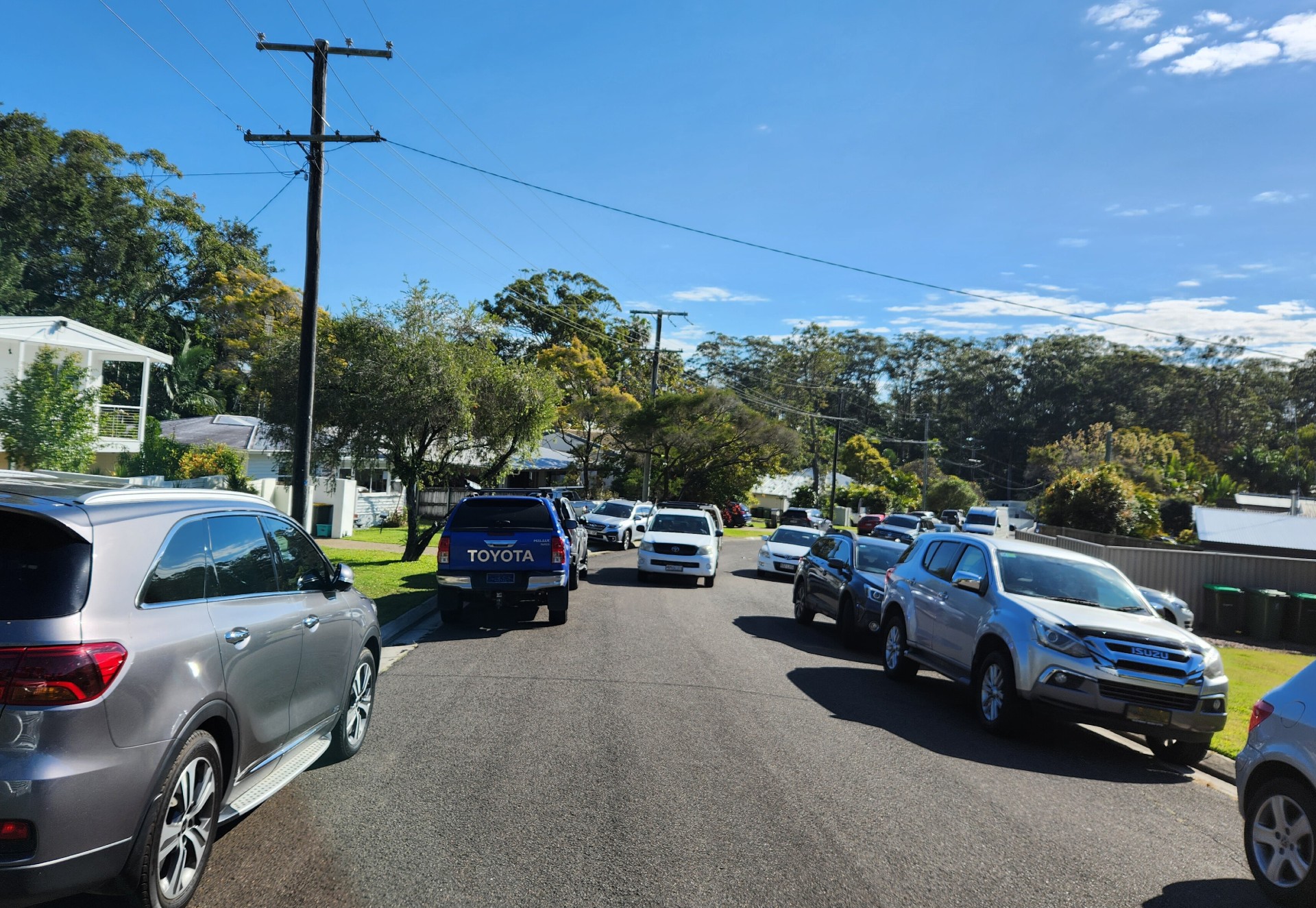
Any parent, carer or bus driver knows just about any school in the region at pick-up and drop-off times can clog surrounding streets, making life a misery for neighbours just trying to go about their business. But illegal parking (across driveways, in loading zones or taking up spaces for longer periods in regulated areas) comes with its own safety hazards.
The need for Buderim Mountain State School to take action to combat traffic chaos in the past has been well-publicised.
Siena Catholic School’s community also has to contend with heavy university and nearby shopping centre traffic, while Coolum State School’s proximity to the busy Sunshine Motorway roundabout causes major gridlock around school pick-up times and has led to the need for a second major access road.
Our growing regional population in all areas – especially post-COVID – adds to the need for drivers to focus and remain alert to the unexpected.
Once ‘sleepy’ streets in areas such as Golden Beach and Coolum are much busier than a decade ago.
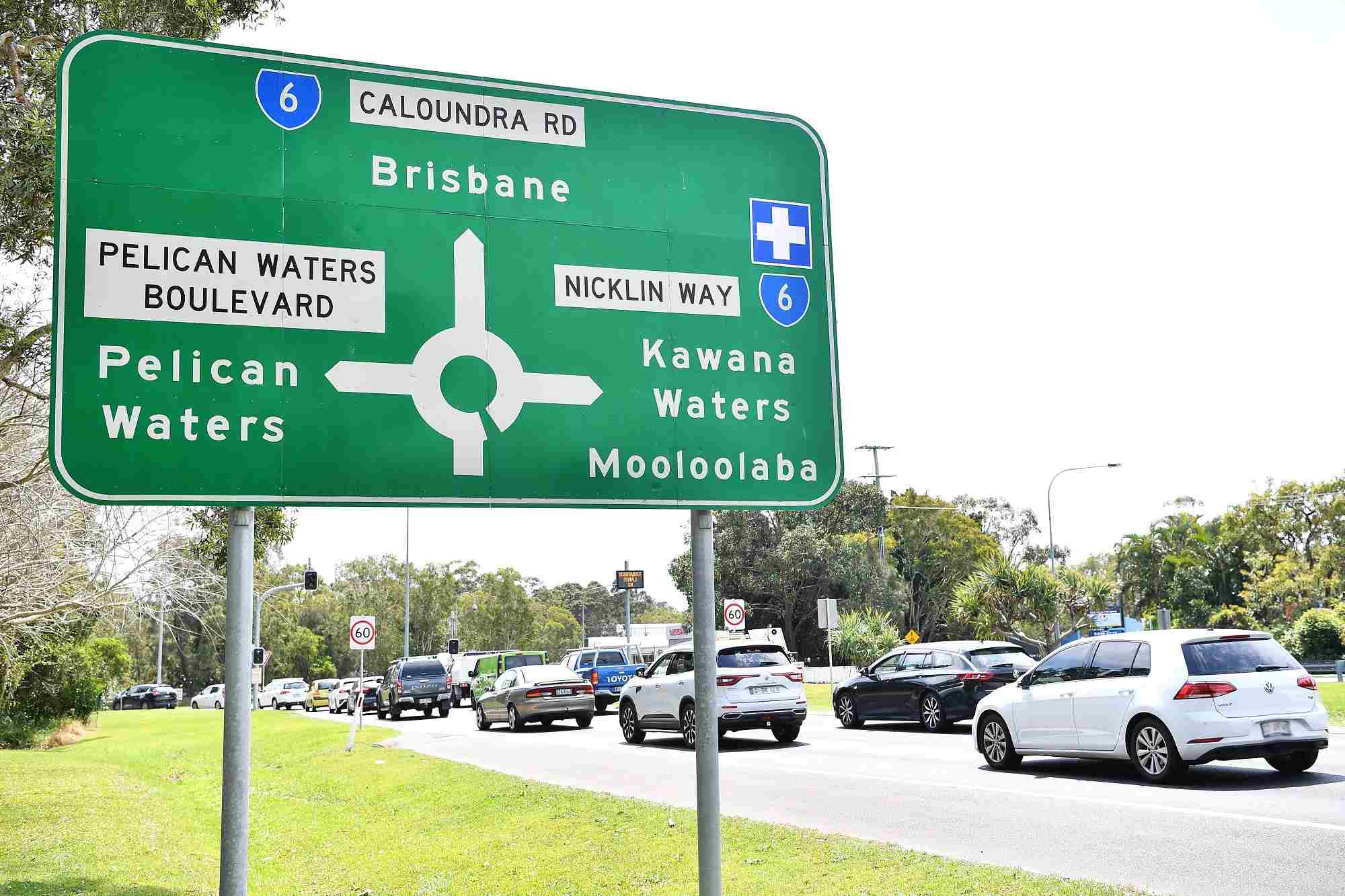
In Currimundi, the route from the Nicklin Way, down Gannawarra Drive and Gothic Parade to Watson Street not only has become congested at times with beach traffic, but snarls also can result simply from the line of motorists dropping off their vehicles for repair at car yards before heading to work.
While we’ve all become familiar with the angry red line of congestion on traffic apps, driver frustration can lead to far worse ills.
The Sunshine Coast Police District 2023 road toll stands at 11 deaths from nine crashes. Four of those deaths were motorcyclists.
Acting Senior Sergeant Road Policing Unit North Coast Region Dave Nelson understands that some roads and conditions can be frustrating for motorists, but he believes we all need to stay focused and remain courteous at all times.
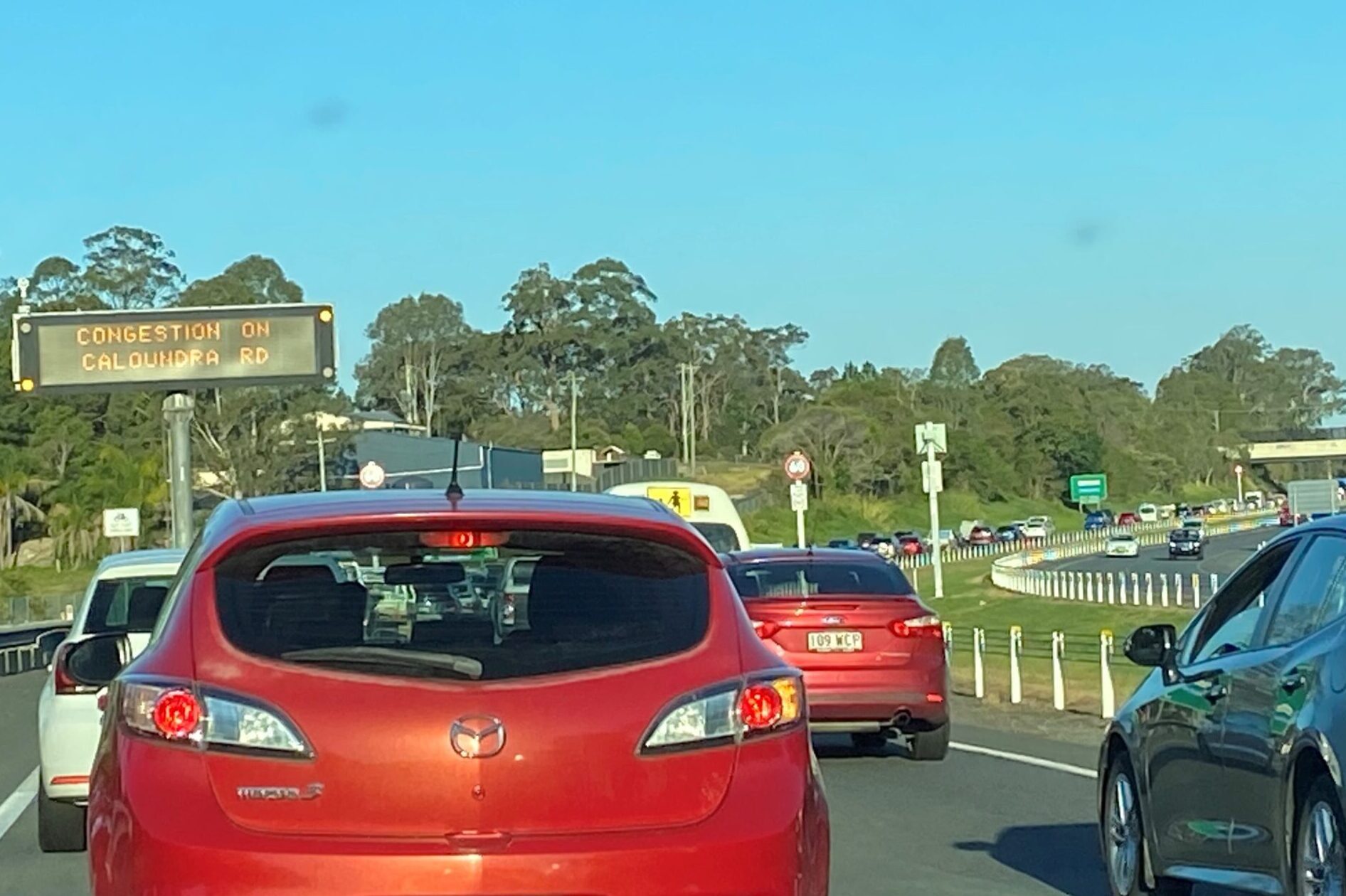
“Common courtesy seems to be a lost art on Queensland roads,” he said.
“People seem to think that aggressive driving is a right and that their travel is more important than the other motorist.
“What people have to realise is that the only people who have more rights on the roads are emergency services when they are heading to situations with lights and sirens, as it may be your loved one they are trying to save.
“In all other cases, there is no excuse for bad driving habits.
“People need to concentrate on the task at hand – driving – not what they are going to do when they get to the destination, or what has happened at the place they just left.”
If there is a problem with a state-controlled road (such as highways, motorways and arterial roads), go to the State Government website.
Call the Department of Transport and Main Roads on 13 19 40 to report a road incident, hazard, pothole or signal fault. You can also use this number to ask for help if you’ve been involved in a minor traffic incident or breakdown on a major Queensland road.
Contact Sunshine Coast Council on customer.service@sunshinecoast.qld.gov.au to report problems with local roads and road safety, or for urgent matters such as potholes that are a safety risk, call 5475 7272.
Road widths for new developments are outlined in the Planning scheme policy for the transport and parking code.
ROAD AND PARKING FACTS
A Sunshine Coast Council spokesperson said width varied, depending on the function of the road and zoning, with the minimum width being 5.5m kerb to kerb.
The minimum requirement for carparks varied depending on the land use.
For a dwelling house, the minimum is one space for a lot not exceeding 300sqm and two spaces for all other lots. The minimum onsite parking rate for a dual occupancy is two spaces per unit.
All other onsite parking rates are contained in Table 9.4.8.3.3 of the Transport and parking code.
In addition, the Planning Scheme Policy for the Transport and Parking Code requires that on-street parking be provided at a rate of two spaces per three dwellings.
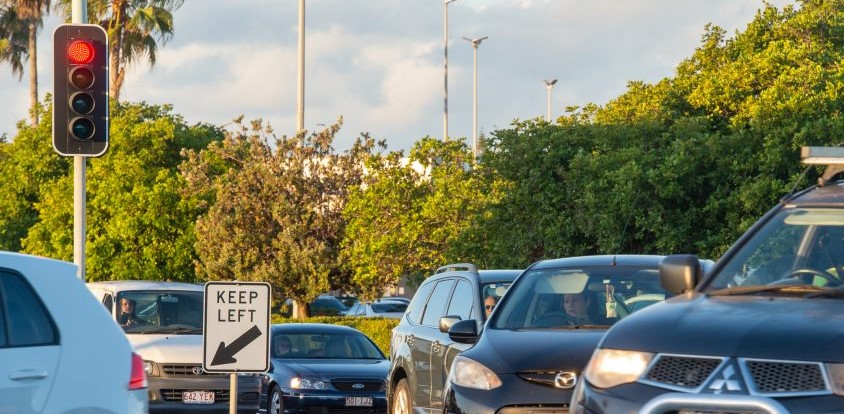
The spokesperson said the council’s parking rates were benchmarked to industry standards.
Design standards adopted in the planning scheme are derived from a number of sources including IPWEQ’s Complete Streets and Street Design Manual, Australian Standards AS 2890, Austroads guides and Transport and Main Roads publications, to name a few.
The spokesperson said the number of complaints to the council relating to on-street parking had increased about 15 per cent in the past year.
The overall volume of cautions/fines was relatively stable compared with previous years, with a small increase seen in high-traffic coastal areas.
But the spokesperson said that was consistent with increases in population and visitors.
The penalty infringement amount for stopping on a path, dividing strip or nature strip is $116.
SUBSCRIBE here now for our FREE news feed, direct to your inbox daily.


